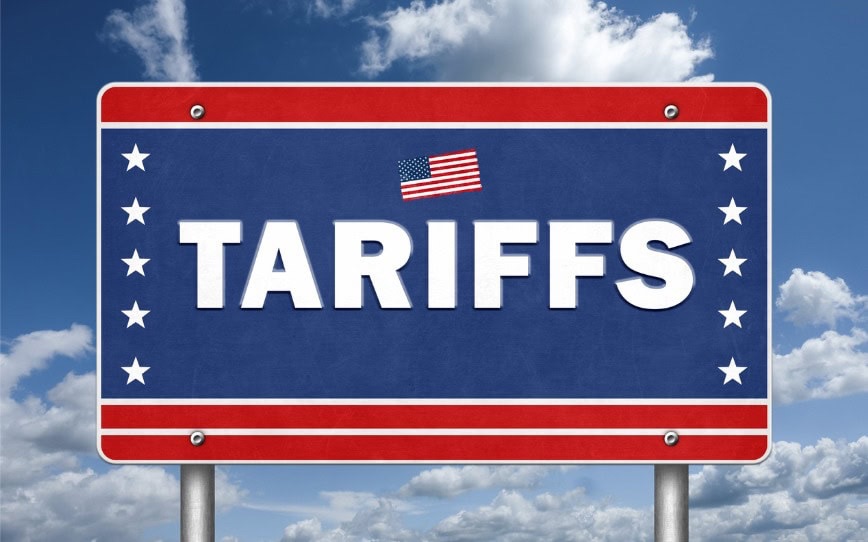
It’s often said that the only certainties in life are death and taxes. Tariffs, on the other hand, are anything but certain. Trade policies shift with administrations, economic conditions, and geopolitical tensions, leaving businesses and investors in a constant state of adaptation. While tariffs are designed to protect domestic industries or correct trade imbalances, their unpredictable nature makes them a wildcard in global economic planning.
The Ever-Shifting Tariff Landscape
Unlike fixed tax rates or inevitable mortality, tariffs are subject to negotiation, revision, and political maneuvering. A new administration may impose them to pressure foreign competitors, while another may roll them back in favor of diplomatic relations. This cyclical uncertainty creates challenges for businesses relying on stable supply chains, making long-term planning difficult.
Recent history has demonstrated this volatility. The U.S.-China trade war saw sweeping tariffs implemented and later adjusted as both sides jockeyed for economic leverage. Similarly, discussions about tariffs on European goods, semiconductor imports, and raw materials continue to evolve, affecting industries from agriculture to technology.
Winners, Losers, and Unintended Consequences
Tariffs are often framed as tools to protect domestic industries, but their effects are far more complex. While some sectors benefit from reduced foreign competition, others suffer from higher input costs and retaliatory measures. A steel tariff, for example, might help domestic producers but hurt automakers and construction firms that rely on imported materials.
Moreover, history has shown that tariffs can trigger trade wars, where retaliatory duties spiral into economic slowdowns. Consumers ultimately bear the brunt of these disputes, facing higher prices as businesses pass on increased costs. The unpredictable nature of tariffs means companies must remain agile, adjusting sourcing strategies and pricing models in response to policy changes.
The Fed, Inflation, and Tariff Uncertainty
Beyond trade relationships, tariffs can also influence domestic economic policy. By increasing the cost of imported goods, they contribute to inflationary pressures—something the Federal Reserve is already struggling to contain. If tariffs push inflation higher, the Fed may be forced to maintain restrictive monetary policies longer than planned, delaying rate cuts and tightening financial conditions.
This dynamic adds another layer of unpredictability to markets. Investors are already navigating uncertainty around interest rates, economic growth, and global supply chain shifts. The added instability of evolving tariff policies only compounds the challenge.
Navigating an Uncertain Future
Unlike death and taxes, tariffs are a policy choice—one that can shift overnight with new economic priorities. For businesses and investors, the key to surviving this uncertainty is flexibility. Diversified supply chains, hedging strategies, and proactive risk management are crucial in an era where trade policies can change with little warning.
While there may never be a universally settled tariff plan, one thing remains clear: those who can adapt quickly will fare better than those who assume stability in an inherently unstable system.
